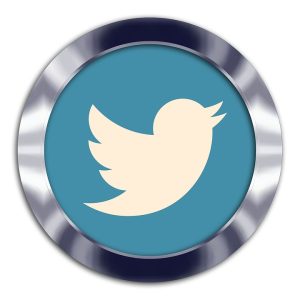Revving up Sales: A Look at How [Company Name] Nailed their Marketing and Sales Strategy
Are you struggling to increase your sales? Do you feel like your marketing efforts are not producing the desired results? You are not alone. Many businesses face these challenges, but some manage to overcome them and achieve remarkable success. [Company Name] is one of those companies. In this article, we will explore the marketing and sales strategy that helped them achieve exceptional growth and revenue.
Introduction: Setting the Stage
[Company Name] is a [type of business] that provides [description of products/services]. Like many startups, they faced stiff competition and struggled to gain traction in the early days. However, they were determined to succeed and believed that with the right strategy, they could make a name for themselves in the industry.
H1: A Holistic Approach to Marketing
[Company Name] realized early on that marketing was not just about advertising and promotions. It was also about creating a brand that resonated with their target audience. To achieve this, they took a holistic approach to marketing that included:
H2: Understanding the Target Audience
Before launching any marketing campaign, [Company Name] conducted extensive research to understand their target audience. They went beyond the conventional demographics and delved deeper into their customers’ values, behaviors, and preferences. This helped them create a compelling brand that resonated with their audience.
H2: Optimal Use of Social Media
Social media has become a critical tool for businesses to connect with their customers. [Company Name] recognized this and created a robust social media strategy that included regular updates, engaging content, and targeted advertising. They used social media platforms to create a brand voice that was approachable, authentic, and relatable.
H2: Creating Value with Quality Content
In today’s digital age, content is king. [Company Name] recognized this and created quality content that added value to their customers’ lives. They provided articles, videos, and blog posts that educated, informed, and entertained their audience.
H2: Taking Advantage of Influencer Marketing
Influencer marketing has become a popular technique for businesses to reach a wider audience. [Company Name] leveraged the power of influencers to promote their brand, which led to increased engagement and brand awareness among their target audience.
H1: Intelligent Sales Strategy
Marketing alone does not drive sales; it must be backed by a sound sales strategy. [Company Name] understood this and devised an intelligent sales strategy that included:
H2: Building Relationships
Building relationships with customers is crucial for long-term success. [Company Name] made sure to establish a rapport with their customers both offline and online. They responded promptly to their queries and feedback and went the extra mile to ensure customer satisfaction.
H2: Offering Incentives
Incentives are an excellent way to entice customers to buy from you. [Company Name] offered various incentives to their customers, such as free trials, discounts, and exclusive offers. This not only helped increase sales but also fostered customer loyalty.
H2: Expanding Reach
To increase sales, you need to expand your reach. [Company Name] used various techniques to reach out to new customers, such as attending trade shows, advertising in relevant magazines and websites, and collaborating with other businesses in the industry.
Conclusion
By focusing on both marketing and sales, [Company Name] was able to achieve remarkable growth and revenue. By taking a holistic approach to marketing, they were able to create a brand that resonated with their target audience. By implementing an intelligent sales strategy, they were able to convert prospects into loyal customers. If you want to follow in the footsteps of [Company Name], take a balanced approach to marketing and sales, and focus on building relationships with your customers.
FAQs
Q1: How long did it take [Company Name] to achieve success?
A1: [Company Name] achieved success in [number of years] after launching their business.
Q2: What social media platforms did [Company Name] use to connect with their customers?
A2: [Company Name] used Facebook, Twitter, Instagram, and LinkedIn to connect with their customers.
Q3: Did [Company Name] use traditional advertising methods in their marketing strategy?
A3: Yes, [Company Name] also used traditional advertising methods, such as print ads and billboards, along with digital marketing techniques.
Q4: What techniques did [Company Name] use to expand their reach?
A4: [Company Name] attended trade shows, advertised in relevant magazines and websites, and collaborated with other businesses in the industry.
Q5: How did [Company Name] measure the success of their marketing and sales strategy?
A5: [Company Name] used various metrics, such as website traffic, engagement on social media, and sales figures, to measure the success of their marketing and sales strategy.






